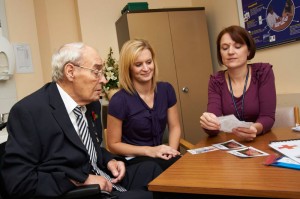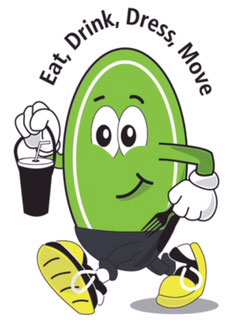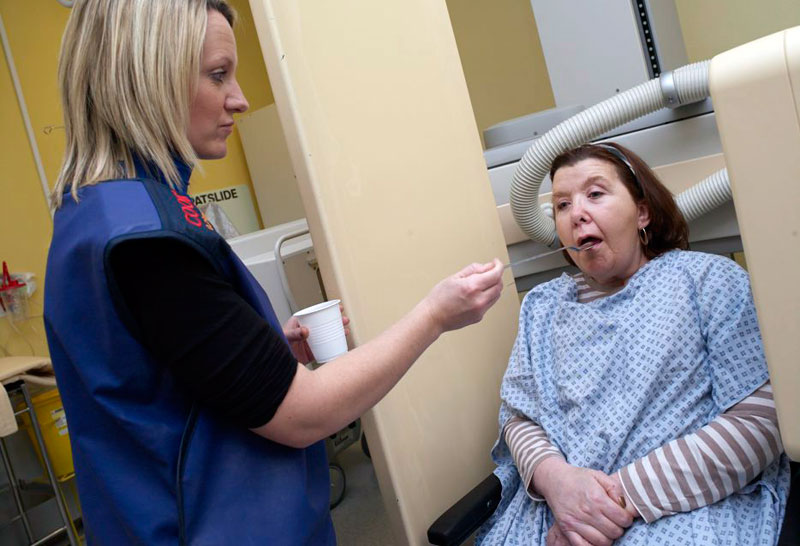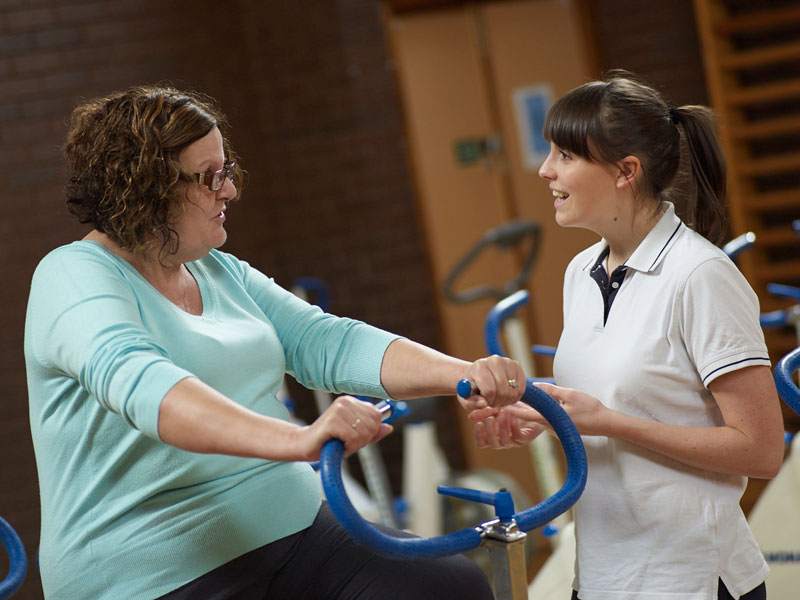 What is Communication?
What is Communication?
Communication is an essential part of daily life and the main way in which we express our personalities. We communicate in lots of different ways, not just by talking. For example: listening, writing, by text message, by e-mail, gesturing, by facial expression, pointing, through our appearance or with with our tone of voice.
What can go wrong?
Communication abilities can be affected by a wide range of conditions, including stroke, head injuries, head and neck cancer, progressive and degenerative conditions and dementia. These conditions may result in the following communication difficulties:
- Aphasia / dysphasia: difficulties with understanding, reading, talking and writing
- Dysarthria: difficulties with the movement of muscles for speech
- Dyspraxia: difficulties with the coordination of muscles for speech
- Dysphonia: problems with voice
- Right Hemisphere Language problems: problems understanding social rules for talking
- Cognitive Behavioural problems: communication difficulties that are part of a more general problem with thinking and actions
How can Speech and Language Therapy help?
The Speech and Language Therapy team work with individuals to help them to overcome and live with these communication difficulties.
- We assess the individual’s communication abilities, and then may offer therapy where appropriate.
- Therapy may include direct exercises as well as strategies to help cope with the difficulties.
- We support and advise the person with communication problems and their family and carers.
- We teach and advise people who are caring for people with communication problems (either in general or about a particular person’s needs).
How do I get referred to Speech and Language Therapy?
Please click on the following link for information on referrals to Speech and Language Therapy













